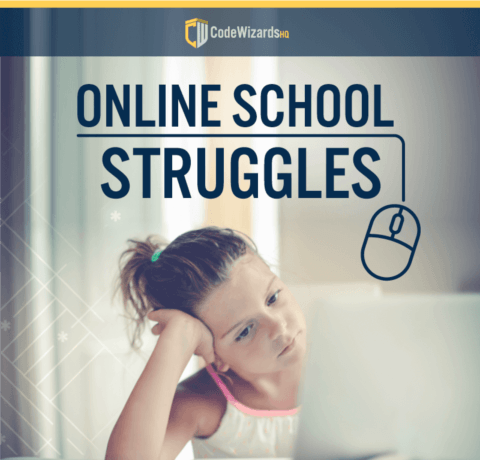Debunking Common Myths About Virtual Schools Infographic
While online and virtual schools are becoming more mainstream the misconceptions surrounding them are still at large. The truth is that quality virtual school programs are evolving and adapting to the needs of a digital society in a way that many traditional brick and mortar schools aren't. The Debunking Common Myths About Virtual Schools Infographic shows that when education is no longer confined to a desk, classroom, or building the possibilities are endless.
Myth: Virtual schools are only for “troubled” students.
Truth: Online courses work well with all kinds of students. While online courses have been proven to work well with at-risk students in urban and rural areas, they work equally well for gifted students looking to get ahead, students looking to recover credits, and students who want to take an entire course load online.
Myth: Students taking classes online are completely isolated.
Truth: Students in quality virtual learning programs should never feel completely on their own. Teachers proactively communicate with students and online concept coaches are there to provide on-demand tutoring and concept demonstrations as needed.
Myth: Students in virtual schools will lack communication skills.
Truth: Online courses drive communication through a variety of mediums. Students can communicate through e-mails, group chats, forums, or discussion boards. These alternative means of communication are often ideal for introverted students who may feel hesitant to speak up in class, or “late learners” who need more time to develop their thoughts.
Myth: Online courses are all the same/not challenging/boring.
Truth: Nothing could be further from the truth. A good virtual school program is so much more than a textbook on a screen. Quality learning providers are offering courses with on-screen teachers and interactive, multimedia instruction that utilizes graphics, simulations, and props. Assessments are used to collect data on exactly where students are struggling or excelling so instruction can be differentiated accordingly. Often times, technology can help make connections between instruction and real life situations to drive deeper understanding in a way that traditional classroom settings can’t.







You can adjust your cookie preferences here.